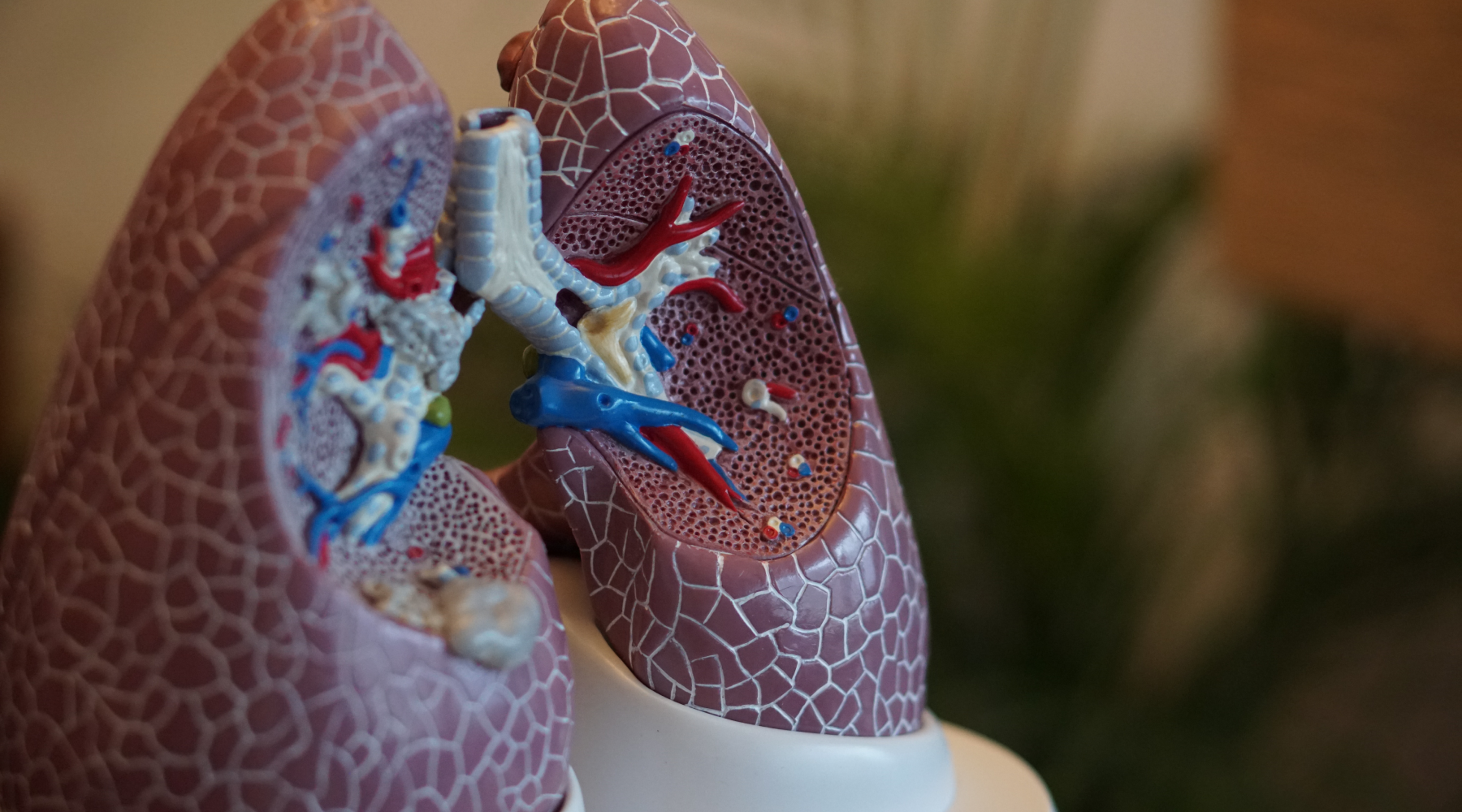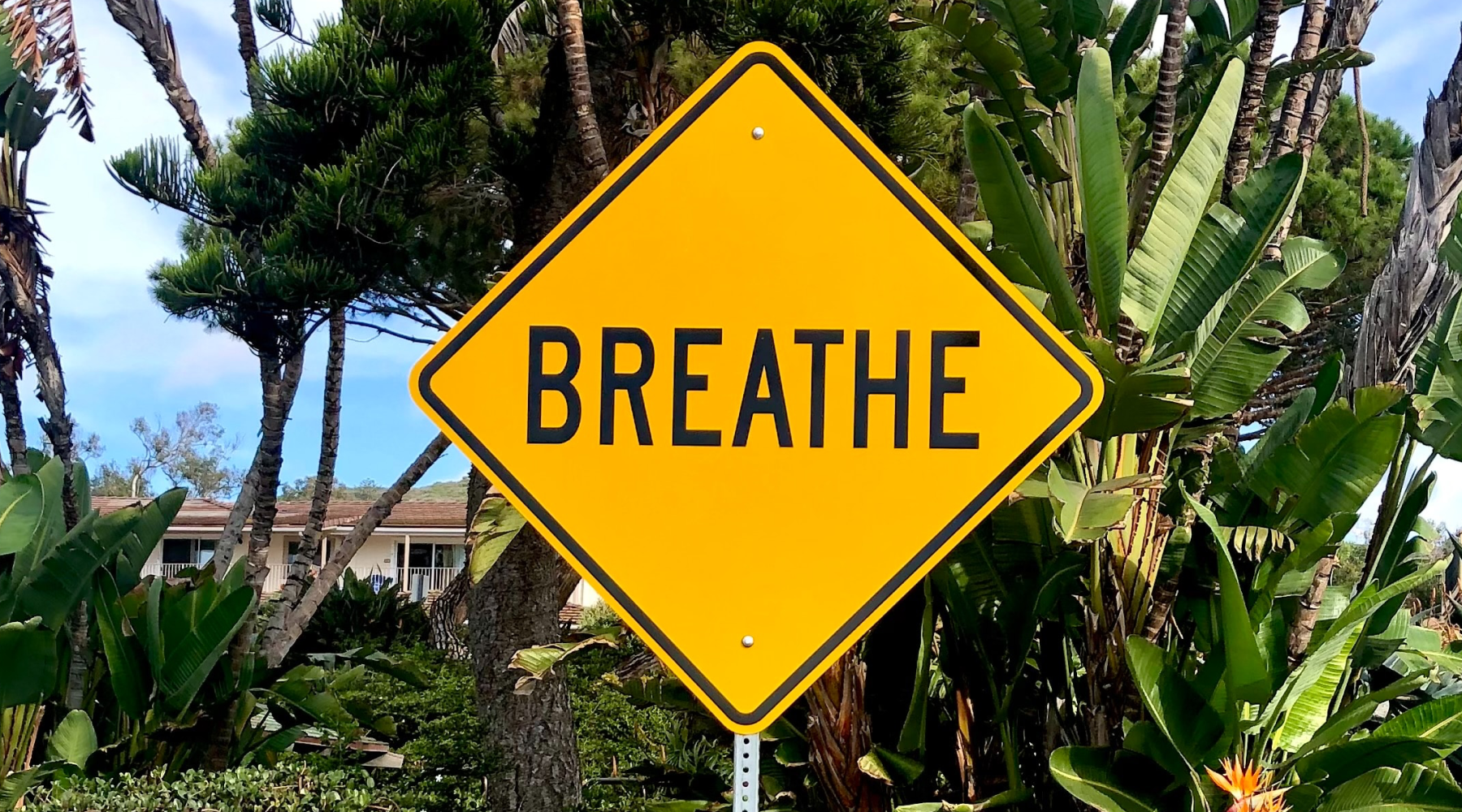Wait!! My lungs are in my chest, so why are you telling me to expand 360° around my waist when I breathe?

As a physical therapist, I have always felt it is important for my clients to understand why they are doing something. I don’t want anyone to just blindly follow what I tell them because I don’t think that leads to following through with doing a program. If you understand WHY you are doing something, not only do I think you are more likely to do it, but a successful outcome is also more likely to occur.
We discussed in the first two blogs what causes our breathing patterns to get out of whack and what breathing right LOOKS LIKE. That when we have good diaphragmatic breathing we see a full 360° expansion around our waist and lower ribcage as we inhale. If you need a quick refresher or missed that one, check it out here:
https://core360belt.com/what-does-breathing-right-even-look-like/
So where exactly does the air go?
First off, there is no air going into your stomach/abdomen. This is NOT why we see 360° expansion with each breath you take. Before we get into more of the why, lets do a quick anatomy lesson so you have a better idea of where the important pieces to this breathing puzzle are.
Our Trunk
We often call the “main” part of our body, the trunk. What exactly is our trunk? Well, if you remove the head, arms and legs, what you are left with is the trunk. The trunk is divided by the diaphragm muscle into 2 main parts, or cavities; your chest/ribcage above the diaphragm which houses your heart and lungs and your abdomen below it where you find the rest of your organs.
The illustration below provides a great visual. The diaphragm is shown in red and you can see clearly how it separates the two cavities (spaces)

How does air get into your lungs?
This is the quickie version, but we just need enough for you to get the gist.
The bottom portion of the lungs are attached to your diaphragm muscle. When the diaphragm contracts properly as you inhale, it flattens down toward your stomach. Because of its attachment to the lungs, it pulls on the lungs which decreases the pressure inside of your chest creating a vacuum that “pulls” air into the lungs.
So why do we focus on 360° expansion?
We talked about what happens in the chest cavity when we inhale, but what about what happens to all of our organs and fluid that sit below the diaphragm muscle in our abdominal cavity? As the diaphragm contracts and flattens it pushes the organs and fluid down toward our pelvis. Because the majority of our abdominal wall is muscle, as the organs move down, it creates an outward pressure around our trunk causing it to expand. This is why the 360° expansion around our waist and lower ribcage is the sign that tells us we are using our diaphragm correctly as we inhale.
Think about squashing a balloon.. if the balloon is our abdominals and the hand on top of it is acting like the diaphragm muscle (starting as a dome and then contracting down as you inhale), as it contracts and pushes the abdominal contents down, the sides of the balloon expand outward in all directions.







Leave a comment